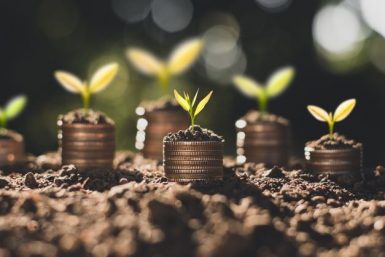The impacts of climate change on the environment and human society have led to an increased vulnerability of developing countries to extreme weather events and an increase in water and food needs, as well as a general decrease in biodiversity, human health, and ecosystem health.
University of Hertfordshire
College Ln
Hatfield
AL10 9AB
United Kingdom
University of Surrey
Stag Hill, University Campus
Guildford
GU2 7XH
United Kingdom
RL Automotive
United Kingdom
Agricolus S.r.l.
Via Settevalli, 320
06129 Perugia PG
Italy
Energy Task Force
TASK FORCE FOR INNOVATION IN ENERGY THROUGH SPACE
Addressing the key challenges faced by the energy sector through the use of space technology




